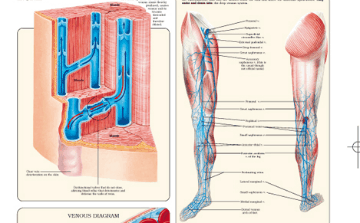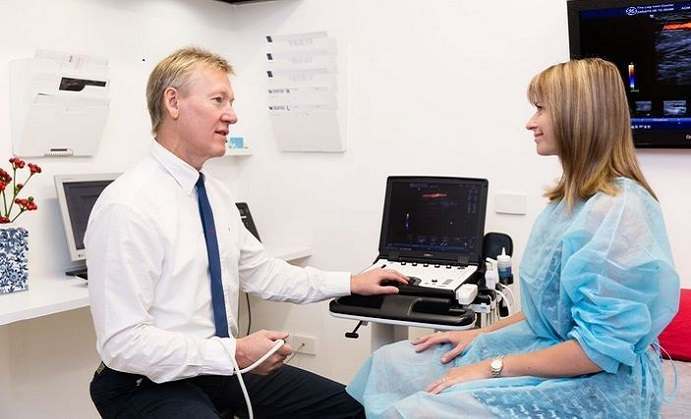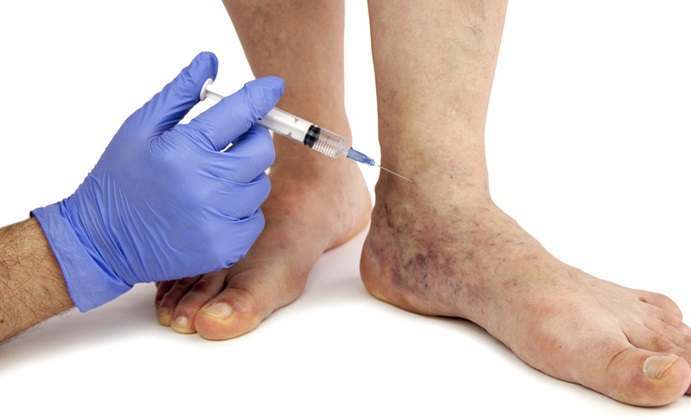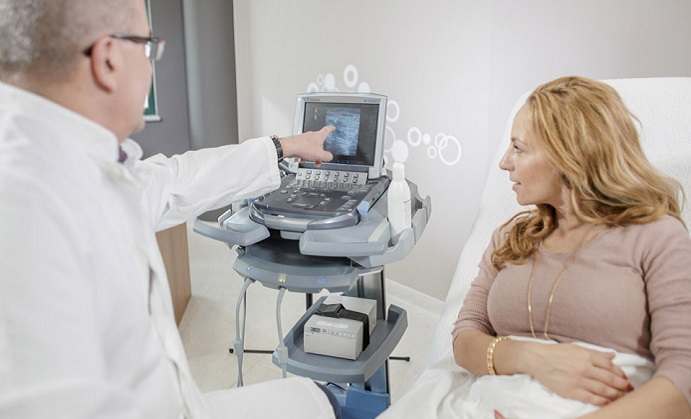Skin is exposed to harmful environmental toxins daily. Since facial skin is not protected by clothes from the hot summer sun or harsh winter weather, protective creams are needed. These creams can help, but they are not as helpful as clothes. Healthy and beautiful facial skin is highly valued by modern society, so imperfections such as Telangiectasias can cause low self-esteem. Telangiectasias, commonly known as spider veins, are visibly dilated small blood vessels that look similar to a spider’s web. The most prominent places for them to show up are: on the nose and cheeks.
What is the Cause of Facial Spider Veins?
 Facial spider veins start to appear after blood vessels are damaged and regular blood flow is disturbed. Different factors can be the cause of facials spider veins, but they usually appear when the blood vessels are damaged by excessive sun exposure during the summer or extreme subzero winter temperatures. Also, if exposed to radiation, skin can become prone to spider veins. These are all external factors. There are also internal factors like hormonal changes and genetics that can contribute to this skin problem. Women are more often affected by spider veins due to their monthly menstrual cycles. Other skin diseases like acne rosacea have a positive correlation with Telangiectasias.
Facial spider veins start to appear after blood vessels are damaged and regular blood flow is disturbed. Different factors can be the cause of facials spider veins, but they usually appear when the blood vessels are damaged by excessive sun exposure during the summer or extreme subzero winter temperatures. Also, if exposed to radiation, skin can become prone to spider veins. These are all external factors. There are also internal factors like hormonal changes and genetics that can contribute to this skin problem. Women are more often affected by spider veins due to their monthly menstrual cycles. Other skin diseases like acne rosacea have a positive correlation with Telangiectasias.
How to Get Rid of Spider Veins?
Spider Veins can be treated with lasers or surgically, and the success rate varies from 60-90%. Sclerotherapy is a surgical treatment that removes damaged blood vessel and solves the problem of spider veins. It is especially effective for severe cases. The procedure should be done very carefully, to prevent a possibility of leaving scars. Small and medium spider veins can be treated with pulse light, electrodesiccation and laser treatments.
 Laser treatments are highly effective in solving different skin problems including the Telangiectasias. Targeting a blood vessel with a laser beam will initiate the blood coagulation process and shrink the vessel. It might cause temporary dark spots and hyper-pigmentation of the skin, which will eventually fade away in a couple of weeks. Electrodesiccation is a procedure that delivers electrical current to the skin affected with Telangiectasias. The problematic vein will swell and shut down after being exposed to the current, after some time, it will disappear completely. This procedure should be done only by well-trained experts, to avoid the possibility of leaving scars.
Laser treatments are highly effective in solving different skin problems including the Telangiectasias. Targeting a blood vessel with a laser beam will initiate the blood coagulation process and shrink the vessel. It might cause temporary dark spots and hyper-pigmentation of the skin, which will eventually fade away in a couple of weeks. Electrodesiccation is a procedure that delivers electrical current to the skin affected with Telangiectasias. The problematic vein will swell and shut down after being exposed to the current, after some time, it will disappear completely. This procedure should be done only by well-trained experts, to avoid the possibility of leaving scars.
Another solution for spider veins is a treatment with pulse light. It is especially effective for deeper facial veins. Energy waves are sent through the skin to target the problematic blood vessel causing it to shrink. As a result, the skin texture improves and spider veins become less visible.
Although all treatments mentioned above are usually very effective for various skin types, recurrent cases of Telangiectasias can occur, especially if the external factors which caused the problem in the first place are not sufficiently dealt with. The side effects of these procedures are very rare, but there were some cases of permanent changes in skin color, muscle inflammation and bruising.











